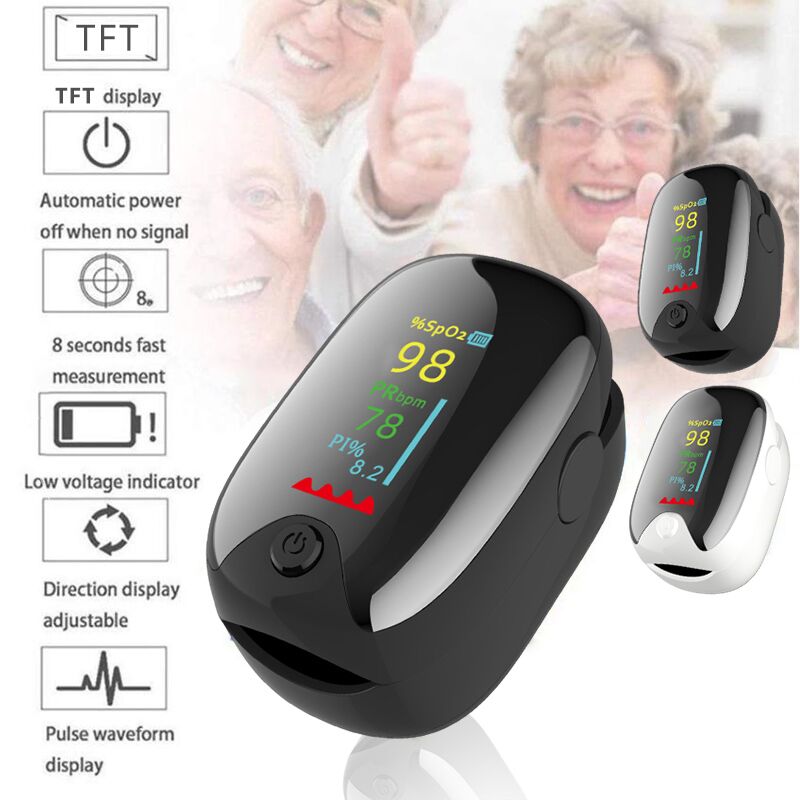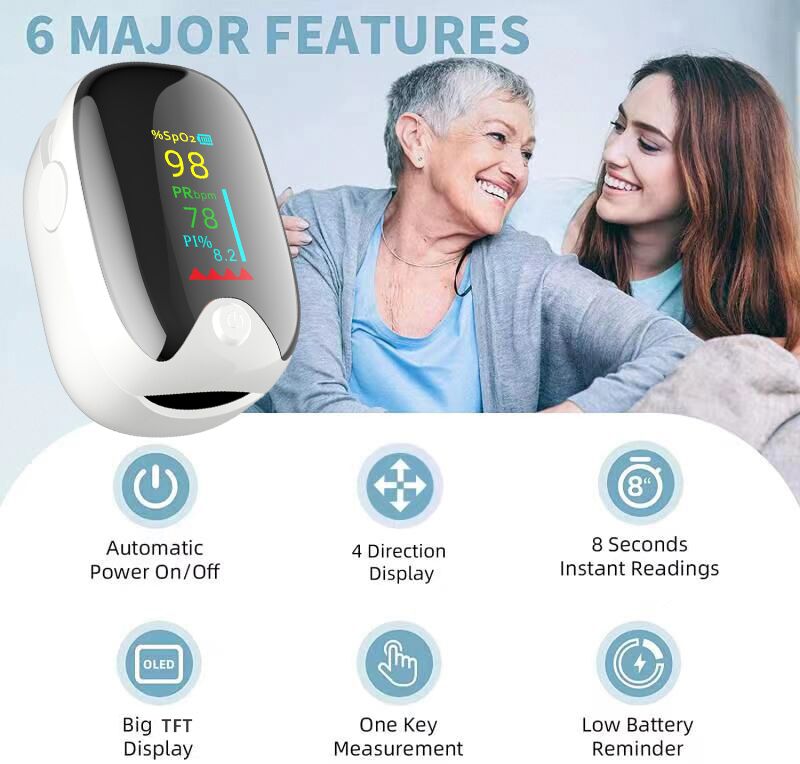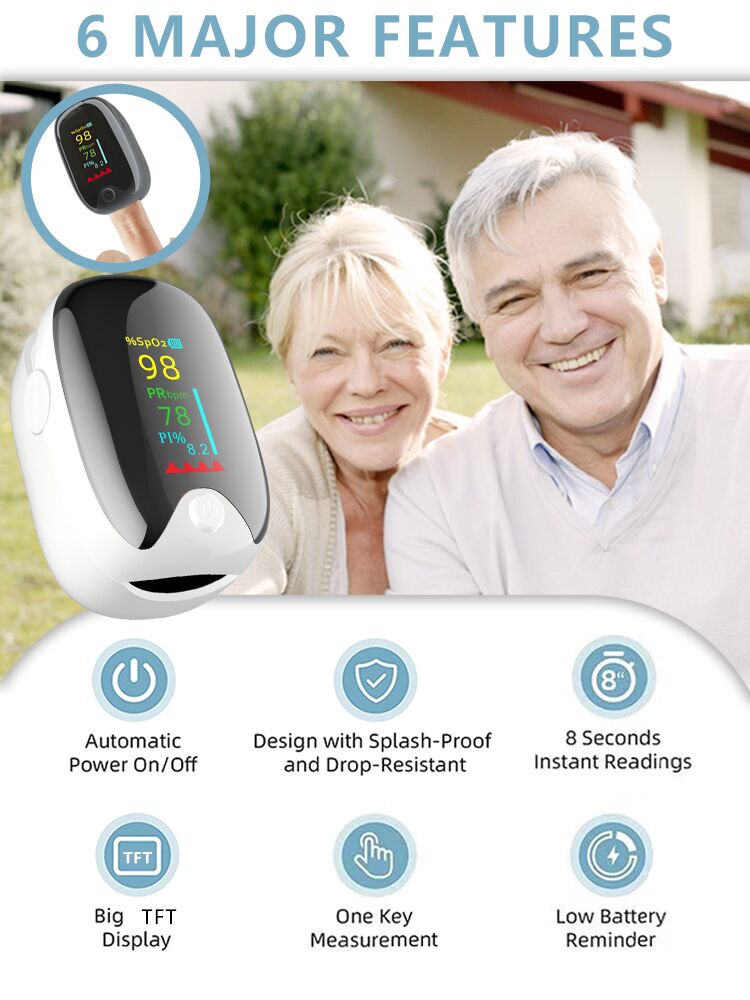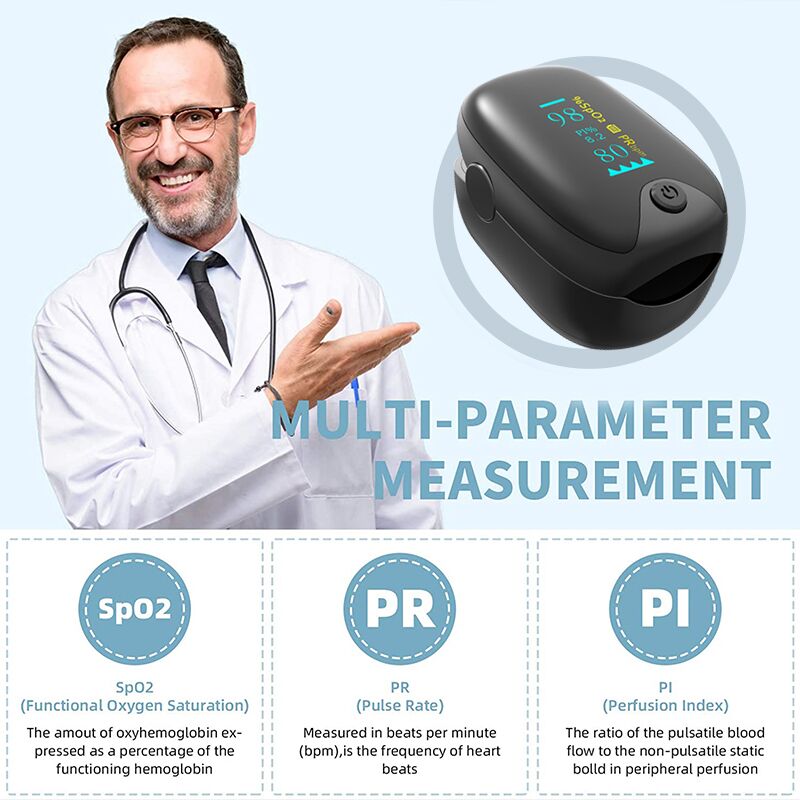An oximeter works by shining a light through the skin and measuring the amount of absorption of different wavelengths of light by the blood. The device typically consists of a sensor with a light source and a photodetector that is placed on the finger or earlobe. The sensor sends a beam of light through the blood vessels, and the photodetector measures the amount of light that is absorbed by the blood. The device then uses this information to calculate the oxygen saturation of the blood, which is expressed as a percentage.
The function of an oximeter is to continuously monitor the oxygen saturation of a patient’s blood and to alert healthcare providers if the oxygen levels fall outside of a certain range. This can help to identify potential problems with oxygen delivery to the body’s tissues and organs and allow for timely interventions to correct any issues. Oximeters are commonly used in hospitals and other healthcare settings, but they can also be used at home by people with chronic respiratory conditions to monitor their oxygen levels.






Reviews
There are no reviews yet.